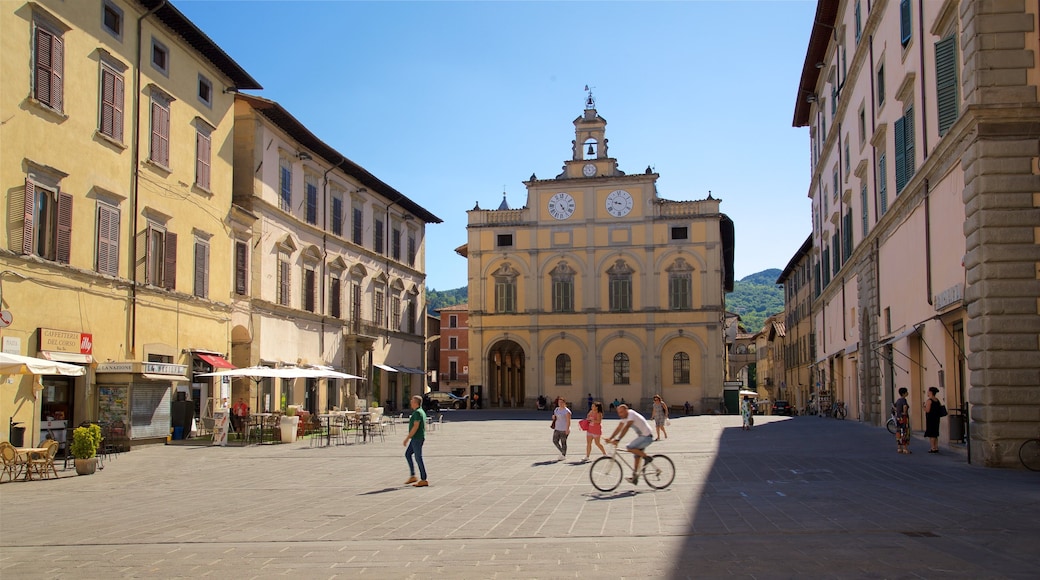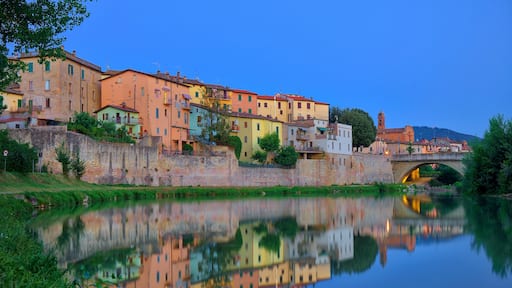See 15th-century frescoes, ornaments by Giorgio Vasari, abstract paintings by Alberto Burri and a silver-plated medieval altar in Città di Castello, an artistic town in the Upper Tiber Valley.
The valley was occupied by the Umbri people and Etruscans when the Romans arrived. They called the settlements “Tifernum Tiberinum,” which is Latin for “Tifernum on the Tiber.” The medieval town has spilled over its 16th-century walls, becoming an industrial hub for the region. Inside these brick walls, however, you can still find the architectural legacy of the Vitelli family, true patrons of the arts.
Visit the Vitelli chapel, designed by master builder Giorgio Vasari, in the Gothic San Francesco Church. Vasari also worked on the magnificent Palazzo Vitelli Alla Cannoniera, which houses the Municipal Art Gallery in its 30 rooms. See pieces by Italian master painters, such as Standard of the Holy Trinity by Raphael and Martyrdom of St. Sebastian by Luca Signorelli.
Step inside the former Palazzo Albizzini to see the expressionist artworks by the local artist Alberto Burri, a doctor in the Italian army who started painting as a prisoner of war in Texas in 1944, and remained an artist until he passed away in 1995. Inside, the Fondazione Palazzo Albizzini Collezione Burri displays a large permanent collection of his abstract paintings. Sculptures from his later years are on display in the Ex Seccatoi del Tabacco, where tobacco used to be dried.
The 14th-century Palazzo Comunale (Town Hall) was built atop early Roman ruins. Climb the connected medieval Torre Comunale for some of the best views of Città di Castello and surrounds.
Admire the medieval silver altar front in the Basilica of Saints Florido and Amantius. Visit the cathedral’s Civic Museum (Pinacoteca Comunale), full of Renaissance art. Look for the Treasure of Canoscio, a precious set of silver tableware adorned with Paleochristian art.
You also can’t miss the town’s historic Round Bell Tower behindPiazzaGabriotti.
Città di Castello is situated 35miles (56 kilometers) north of Perugia, the province capital. Buses leave regularly from Perugia and Sant’Anna. It’s worth driving out to the tiny “fraziones” of the Città di Castello “comune,” such as Morra, San Secondo and Trestina, to get a glimpse of life in the Tiber valley as it was in medieval times.














